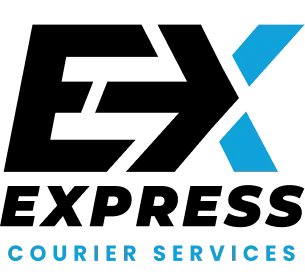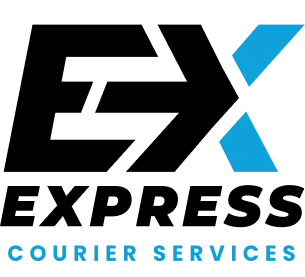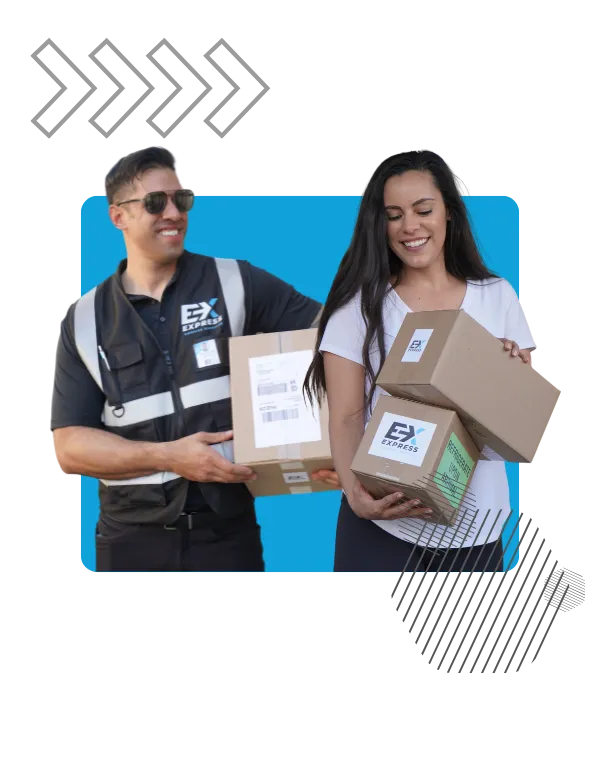
Reliable Courier & Logistics Solutions
At Express Courier Services, we understand that your deliveries are more than just packages — they represent commitments, deadlines, and trust. That’s why we’ve built a courier system designed for speed, security, and accuracy. From urgent medical supplies to sensitive legal files, we deliver with the highest level of care. Our statewide coverage ensures that no matter where you are in California, dependable service is always within reach. We offer flexible solutions for businesses of every size, from one-time deliveries to long-term dedicated driver programs. Our experienced team and advanced logistics ensure smooth handling and real-time tracking at every stage. We take pride in being the courier service businesses rely on to keep operations running smoothly. With Express Courier Services, you gain a partner who delivers peace of mind with every shipment.
Start Transforming Your
Logistics Landscape
Reliable Courier & Logistics Solutions Across Industries
Your Premier Choice for Critical
Medical Supply Deliveries
Industry Highlights
Healthcare & Pharma
Secure, compliant delivery for clinics, labs, and pharmacies.
Healthcare & Pharma
Cold-chain options, chain-of-custody, and real-time tracking for temperature-sensitive shipments.
Click to Learn More
Legal Services
Time-sensitive filings and confidential document delivery.
Legal Services
Secure handling, proof of delivery, and rush courthouse runs you can trust.
Click to Learn More
Retail & E-commerce
Fast last-mile and same-day delivery for online and in-store.
Retail & E-commerce
Flexible windows, returns management, and live ETAs to delight customers.
Click to Learn More
Manufacturing & Industrial
Critical parts and MRO deliveries to keep lines running.
Manufacturing & Industrial
Expedited hot-shot runs, vendor pickups, and scheduled route coverage.
Click to Learn More
Government & Education
Dependable inter-office and campus courier services.
Government & Education
Audit-ready logs, secure handling of records, and scheduled routes across sites.
Click to Learn More
Food & Beverage Logistics
Fresh, safe, and timely deliveries for perishables.
Food & Beverage Logistics
Temperature-controlled options, HACCP-aware handling, and route optimization.
Click to Learn More
Why
Choose
Express Courier Services?

Speed
Same-day & STAT deliveries

Security
HIPAA, chain-of-custody, tamper-proof handling

Technology
Real-time GPS tracking & proof of delivery

Coverage
Serving all of California with local expertise
Tailored Solutions for Every Specialty Medication
From small parcels to sensitive medical supplies, our tailored courier solutions meet the needs of every industry we serve.
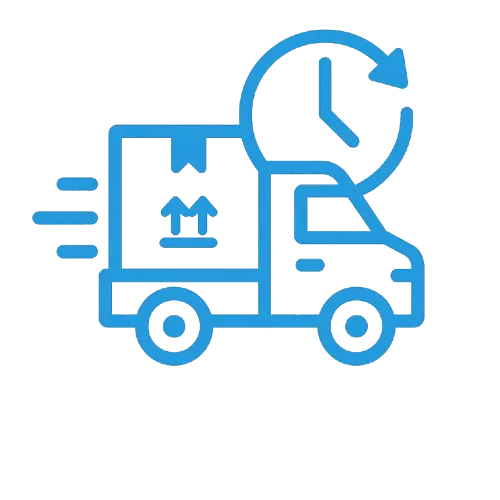
On-Demand & Same-Day Delivery
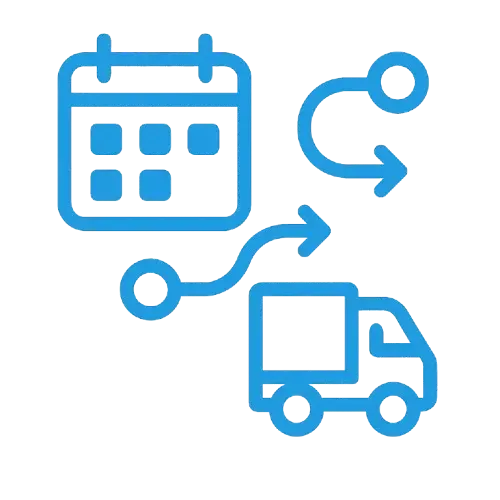
Scheduled Routes & Recurring Logistics
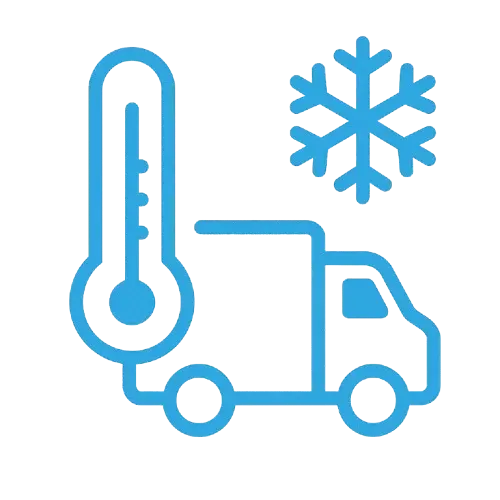
Temperature-Controlled Transport
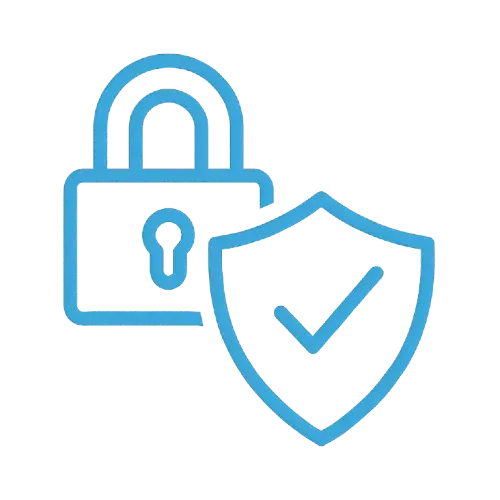
Secure & Regulatory-Compliant Handling
Specialized
Logistics
for
Every Industry
We understand that each sector has unique requirements. That’s why our solutions are tailored — whether you’re a pharmacy, law firm, manufacturer, or retailer.
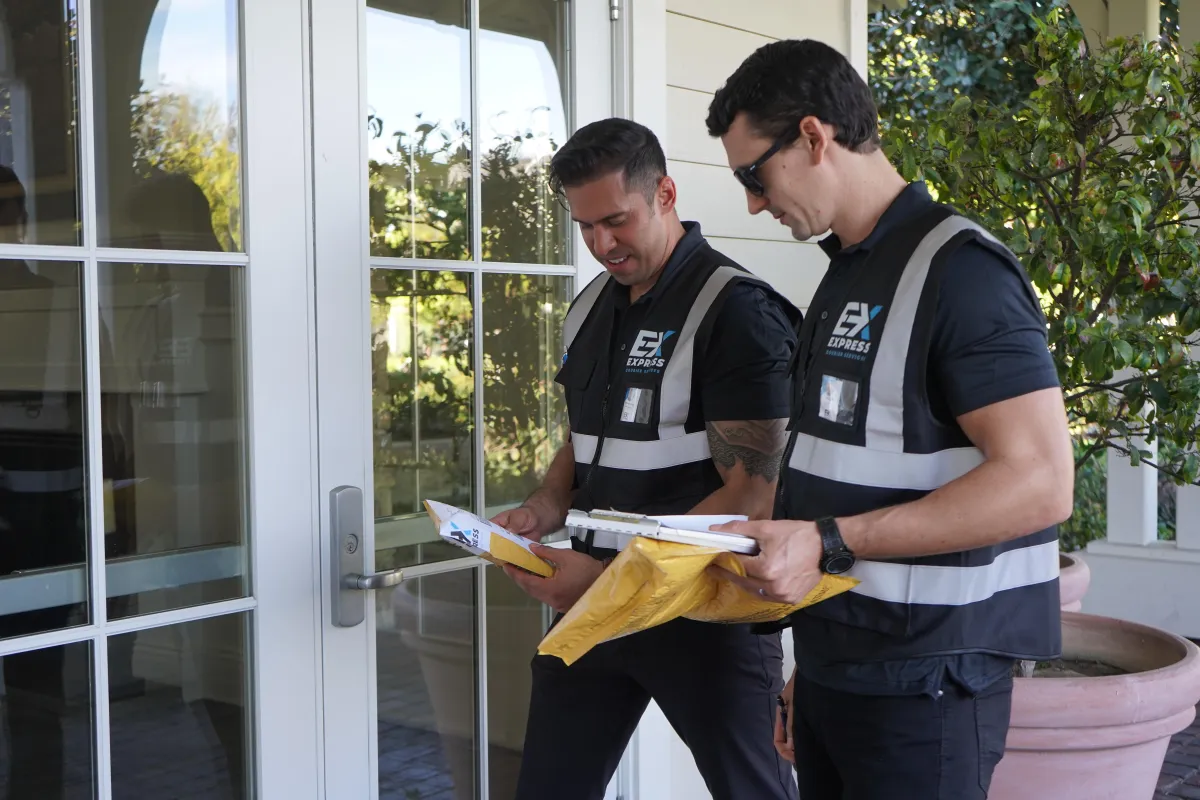
Track
Every
Delivery
in
Real
Time
GPS & route optimization
Proof-of-delivery signatures/photos
Secure client portal
Trusted Across California
Michelle Rodriguez
Pharmacy Manager
"Express Courier Services has seriously transformed the game for us at Central Health Pharmacy. As a Pharmacy Manager, the constant juggling of medical supplies can be a headache. But with these guys, it's like they've taken the stress out of my job.
Now, I don't lose sleep over running out of essentials. Their deliveries are a lifesaver!"

Alex Nguyen
Pharmacist
"These guys at Express Courier Services are next level! Being a pharmacist is no joke, and precision is everything. Unlike other couriers that left us biting our nails, these guys handle our sensitive materials like pros. It's a breath of fresh air - finally, a courier service that gets it right every time! Highly recommended!"

Dr. Jonathan L. Kim
Medical Director
"Express Courier Services is the secret weapon in our urgent care playbook.
As a Medical Director, I can't afford delays. These folks have cracked the code to prompt deliveries. Now, we can focus on what really matters taking care of our patients without the hassle of late shipments. Working with them is always a pleasure."

Need to verify our reliability?
Our Sales team will provide you with letters of recommendations from our current clients.
Logistics Insights & Industry Trends
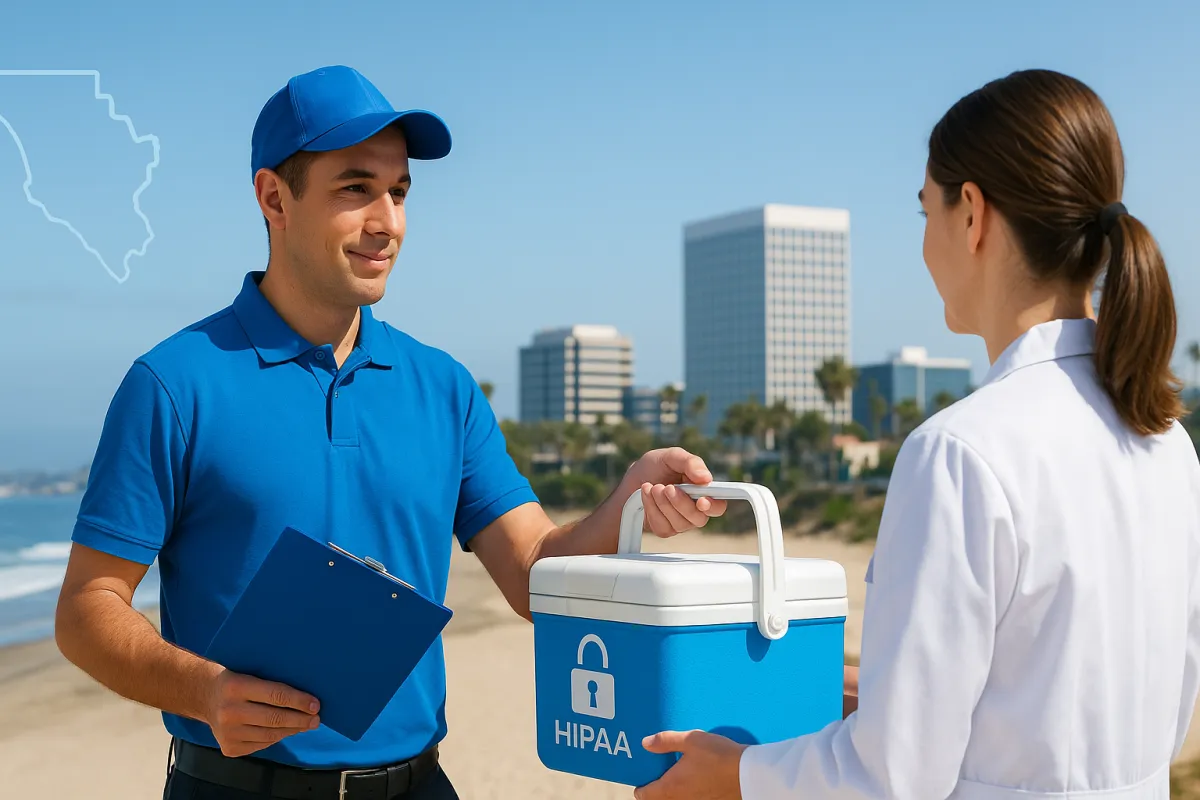
HIPAA-Compliant Courier Checklist for Orange County Clinics
Orange County’s care ecosystem—from Santa Ana and Anaheim to Irvine, Mission Viejo, and Costa Mesa—runs on reliable, compliant last-mile logistics. Whether you’re sending protected health information (PHI), lab specimens, vaccines, or high-value biologics, your medical courier is an extension of your clinic’s HIPAA responsibilities. The right partner reduces risk, tightens delivery windows, and improves patient outcomes. The wrong one creates audit exposure and reputational harm.
This guide gives OC clinics a field-tested checklist to evaluate and onboard a HIPAA-compliant courier. It covers PHI safeguards, chain-of-custody, cold chain, driver vetting, technology controls, documentation, and continuous improvement—with Orange County–specific context (traffic patterns, micro-climates, and hospital/clinic density).
Why HIPAA compliance in courier operations matters
HIPAA applies to covered entities and business associates. Your courier is a business associate if it handles PHI on your behalf. That means administrative, physical, and technical safeguards must be documented and verifiable. Start with the official references and keep them bookmarked:
HHS HIPAA Privacy Rule (overview) – defines PHI use and disclosure: https://www.hhs.gov/hipaa/for-professionals/privacy/index.html
HHS HIPAA Security Rule – technical/administrative controls for ePHI: https://www.hhs.gov/hipaa/for-professionals/security/index.html
OCR Breach Portal (for context on real incidents): https://ocrportal.hhs.gov/ocr/breach/breach_report.jsf
CDC Vaccine Storage & Handling (for cold chain best practices): https://www.cdc.gov/vaccines/hcp/admin/storage/index.html
The 18-Point HIPAA Courier Checklist (Orange County Edition)
Use this master checklist when screening or re-validating your courier partner. If any item is “No” or “Not sure,” log it and request evidence.
1) Business Associate Agreement (BAA)
Requirement: A signed BAA with your clinic/health system that clearly assigns responsibilities for PHI safeguards, incident reporting, and subcontractors.
What to ask for: Executed BAA + subcontractor list + annual attestation.
Why OC-specific: Many OC clinics share lanes with LA, Inland Empire, and SD; the BAA should address cross-county handoffs and subcontracting.
2) PHI Minimization in Workflows
Requirement: Written procedures to avoid unnecessary PHI in labels, notes, or mobile app fields.
What to verify: Apps and labels use order IDs instead of patient names where possible (or truncate/obfuscate).
3) Driver Vetting & Training (HIPAA + Role-specific)
Requirement: Background checks, motor vehicle reports, drug/alcohol policy (if applicable), and documented HIPAA training for all drivers and dispatchers.
What to verify: Training dates, topics, and driver acknowledgments.
4) In-Field PHI Safeguards
Requirement: Enforced rules against photographing PHI or leaving paperwork visible. Lockable containers, sealed pouches, and tamper-evident supplies for sensitive items.
What to verify: Visual inspection of vehicles/kits; random audits.
OC note: Many stops are in mixed-use plazas with foot traffic—visual privacy matters at curbside.
5) Chain-of-Custody (CoC) with Audit Trail
Requirement: An end-to-end CoC record for pickups and drops: timestamps, geostamps, signer name/role, exception codes, and corrective actions.
What to verify: Exportable logs and POD (proof of delivery) with signer identity.
6) Secure Labels & Documentation
Requirement: Labels should avoid full patient identifiers. Paperwork that includes PHI must be sealed in opaque envelopes or locked cases.
What to verify: Label templates + field mappings in the courier’s system.
7) Cold-Chain Integrity & Validation
Requirement: SOPs for insulated containers, pre-conditioned gel packs, and data loggers (when required).
What to verify: Pack-out instructions, excursion thresholds, and validation logs.
8) Specimen Handling (UN3373 / Category B familiarity)
Requirement: Drivers trained on specimen classification, packaging, and marking (non-hazmat guidance for Category B).
What to verify: Training materials and practical checklists; local lab SOP alignment for OC facilities (e.g., Irvine Spectrum, Newport Beach corridors).
9) Technology & Access Controls (ePHI)
Requirement: Device security (passcodes/biometrics), encrypted at rest/in transit, role-based access, and least-privilege dispatch views.
What to verify: Mobile MDM policy, forced updates, session timeouts, and remote wipe capability.
10) Exception Management & Notifications
Requirement: Standard codes for address errors, closed office, patient not home, temperature alerts, traffic delay, etc., with real-time notifications to clinic contacts.
What to verify: Exception workflow chart + SLA for escalations.
OC note: Expect PCH/55/405 bottlenecks; the courier should adjust ETAs proactively.
11) Route Planning for OC Geography
Requirement: Dispatch uses historical traffic patterns for West OC (Huntington, Fountain Valley), Central OC (Santa Ana, Orange), South County (Irvine, Lake Forest, Mission Viejo), and North OC (Anaheim, Fullerton).
What to verify: ETA bands by sub-region and daypart; heat maps or service-time tables.
12) After-Hours & Weekend Coverage
Requirement: Clearly defined cut-off times, staffed dispatch, and surge coverage for evenings/weekends/holidays.
What to verify: Roster schedule, on-call policy, and historical OT% after hours.
13) Physical Security in Vehicles
Requirement: Locked vehicles, no visible packages, secure parking; no mixing of incompatible cargo.
What to verify: Vehicle photos, lock policy, and random spot checks.
14) Documentation Retention & Audit Readiness
Requirement: Clear retention timelines for CoC logs and PODs; processes for OCR inquiry response.
What to verify: Export samples, redaction protocol, and contact-of-record for audits.
15) Breach Response Plan (Incident + Near-Miss)
Requirement: Time-boxed process for reporting suspected breaches or near-misses, with corrective action and clinic notification.
What to verify: Incident forms, RCA (root cause analysis) template, and training cadence.
16) Insurance & Risk Transfer
Requirement: Current GL, auto, and workers’ comp certificates; cargo coverage for medical items; additional insured endorsements as required.
What to verify: COIs with matching legal entity; annual renewal reminders.
17) Pricing Transparency & Route Economics
Requirement: Itemized quotes that reflect distance, speed, wait time, and cold chain resources; predictable rates for scheduled lanes.
What to verify: Rate card + fuel/utility surcharges + re-attempt policy.
18) Continuous Improvement & QBRs
Requirement: Quarterly business reviews focused on first-attempt success, OT%, exception patterns, and cost per stop.
What to verify: KPI dashboards and corrective action plans tied to outcomes.
Building Your Orange County SOP from the Checklist
Turn the checklist into a simple SOP packet your staff can follow:
Scope & Contacts – Define OC service radius, escalation tree, and clinic hours by location (e.g., Santa Ana vs. Laguna Niguel).
PHI Handling – What may/shall be printed on labels, how paper is sealed, and how apps should be used at the curb.
CoC & POD – A one-page flow with screenshots showing pickup/drop, exception codes, and photo/signature capture rules.
Cold-Chain Appendix – Pack-out tables for 2–8°C, CRT, and frozen; pre-conditioning times; data-logger instructions.
Driver Onboarding – Training topics, test/acknowledgment, and route-ride checklist.
Audits – Weekly spot checks; monthly report card; quarterly corrective action review.
Incident Playbook – Who calls whom, within what time; sample RCA; client notification template.
Need a template? We can supply a downloadable SOP tailored to OC clinics—ask us to include Irvine Spectrum, Hoag/Providence corridors, and South County specifics.
Orange County Coverage & Typical ETAs
While real-time traffic rules OC, your courier should publish ETA bands by sub-region:
Central OC (Santa Ana, Orange, Garden Grove): 1–3 hours for on-demand; tighter on scheduled loops.
South County (Irvine, Lake Forest, Mission Viejo, Laguna Hills): 2–4 hours; watch the 5/405 merge.
North OC (Anaheim, Fullerton, Placentia, La Habra): 2–4 hours; event days require buffers.
West OC (Huntington Beach, Fountain Valley, Westminster): 2–4 hours; beach traffic affects late afternoons.
For recurring pickups to LA or Inland Empire partners, convert to scheduled routes for better rates and reliability.
How to Score Vendors with the Checklist (Simple Matrix)
Create a 100-point score:
Compliance & Documentation (35 pts) – BAA, HIPAA training, PHI minimization, CoC logs, retention policy.
Cold Chain & Specimen Practices (20 pts) – SOPs, equipment validation, data loggers, OC summer readiness.
Technology & Visibility (20 pts) – live tracking, exception notifications, dashboards, exportable audit trails.
Coverage & After-Hours (15 pts) – staffing, cut-offs, surge plan; demonstrated OT% after hours.
Economics (10 pts) – transparent pricing, density advantages on OC loops.
Vendors scoring 85+ are typically best-in-class; 70–84 may be workable with a corrective plan; <70 indicates non-trivial risk.
Common Failure Modes in OC—and How to Prevent Them
1) Temperature excursions on hot afternoons
Fix: Pre-conditioned packs, right-sized containers, minimize dwell time, use data loggers for high-risk lanes.
Reference: CDC Storage & Handling guidance.
2) PHI exposure at curbside
Fix: Opaque sleeves, sealed pouches, clear scripting for drivers about discussing patient details in public.
3) Traffic-induced delays on 5/405/55
Fix: Time-window routing, predictive ETAs, exception alerts before missed cut-offs; move to scheduled when patterns repeat.
4) Missing signatures or incomplete CoC
Fix: Mandatory fields in app, escalations for incomplete POD, weekly audits.
5) Subcontractor gaps
Fix: Require subcontractor list under your BAA, with training proofs and identical SOPs.
Implementation Timeline (30–45 Days)
Week 1: Select vendor shortlist; sign NDAs; request evidence for checklist items 1–10.
Week 2: Live demos of tracking & exception workflows; validate cold-chain SOPs (items 7–12).
Week 3: Pilot 1–2 lanes (Central OC + South County). Capture data on OT%, first-attempt success, exceptions.
Week 4: QBR-style review; finalize SLA; implement incident playbook; roll out across sites.
Q1: Do couriers count as HIPAA business associates?
Yes—if they handle PHI on your behalf. You need a BAA and evidence of safeguards (see HHS HIPAA links above).
Q2: How do we prevent temperature excursions in OC summers?
Use validated pack-outs, limit dwell time, and add data loggers for high-risk products (see CDC guidance).
Q3: What metrics should we track monthly?
OT%, first-attempt success, exception rates by code, and cold-chain excursions (zero is the goal). Review in a quarterly QBR.
Alpha Gabriel Marquina
Start Transforming Your
Logistics Landscape
Need a Delivery Partner You Can Rely On?
Get a custom courier solution for your business today.
Ready to Experience Reliable Courier Services?

